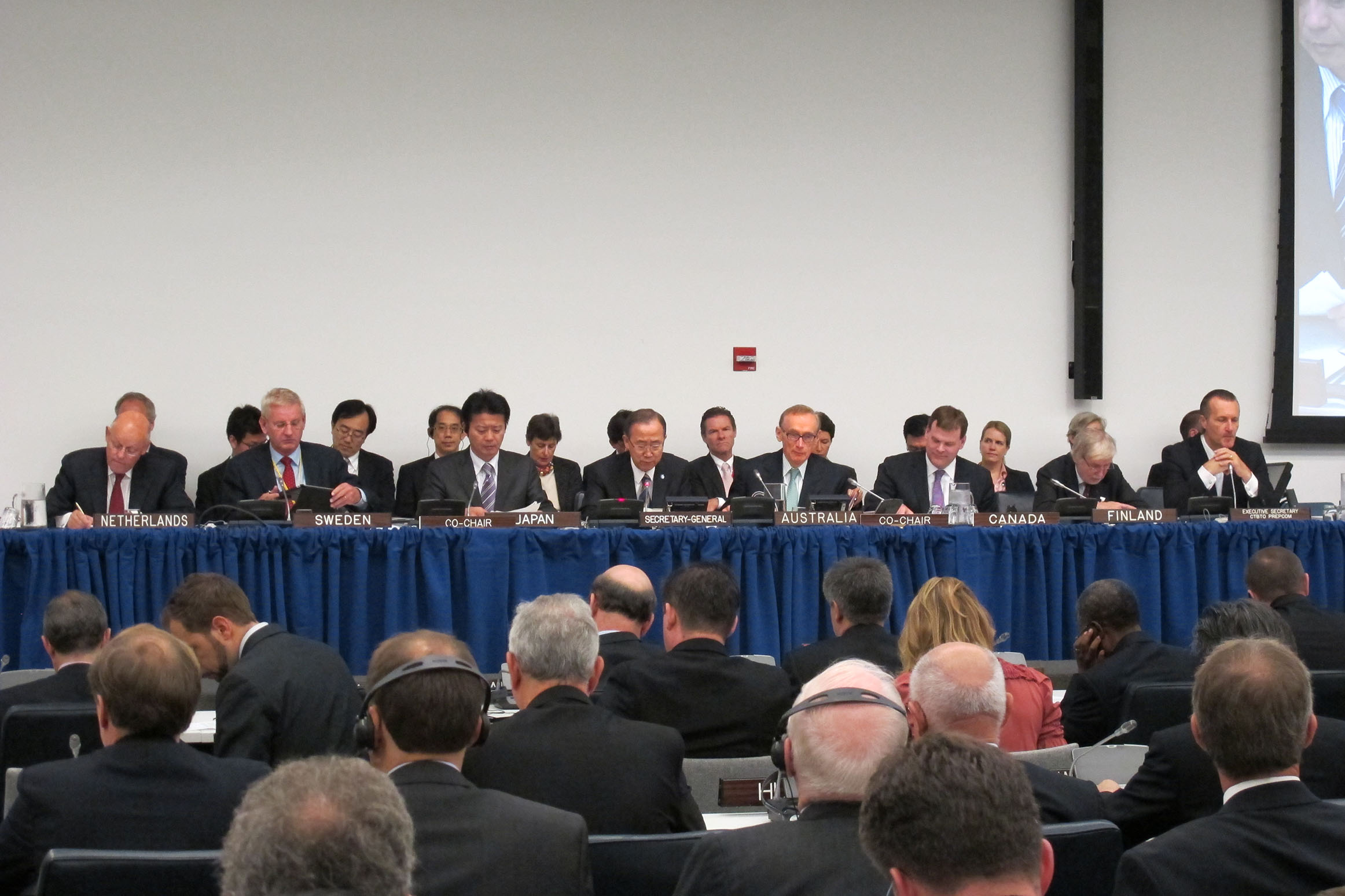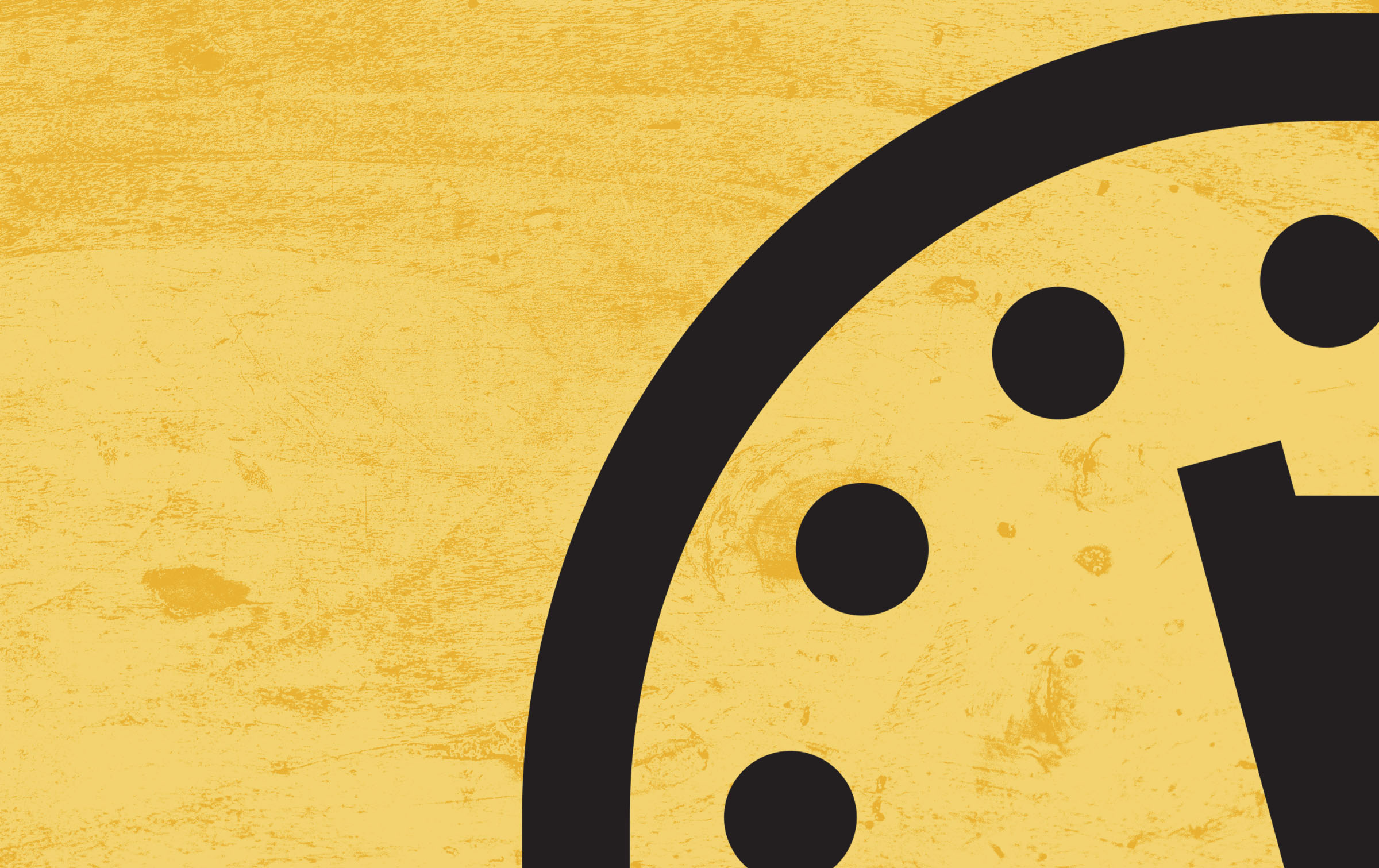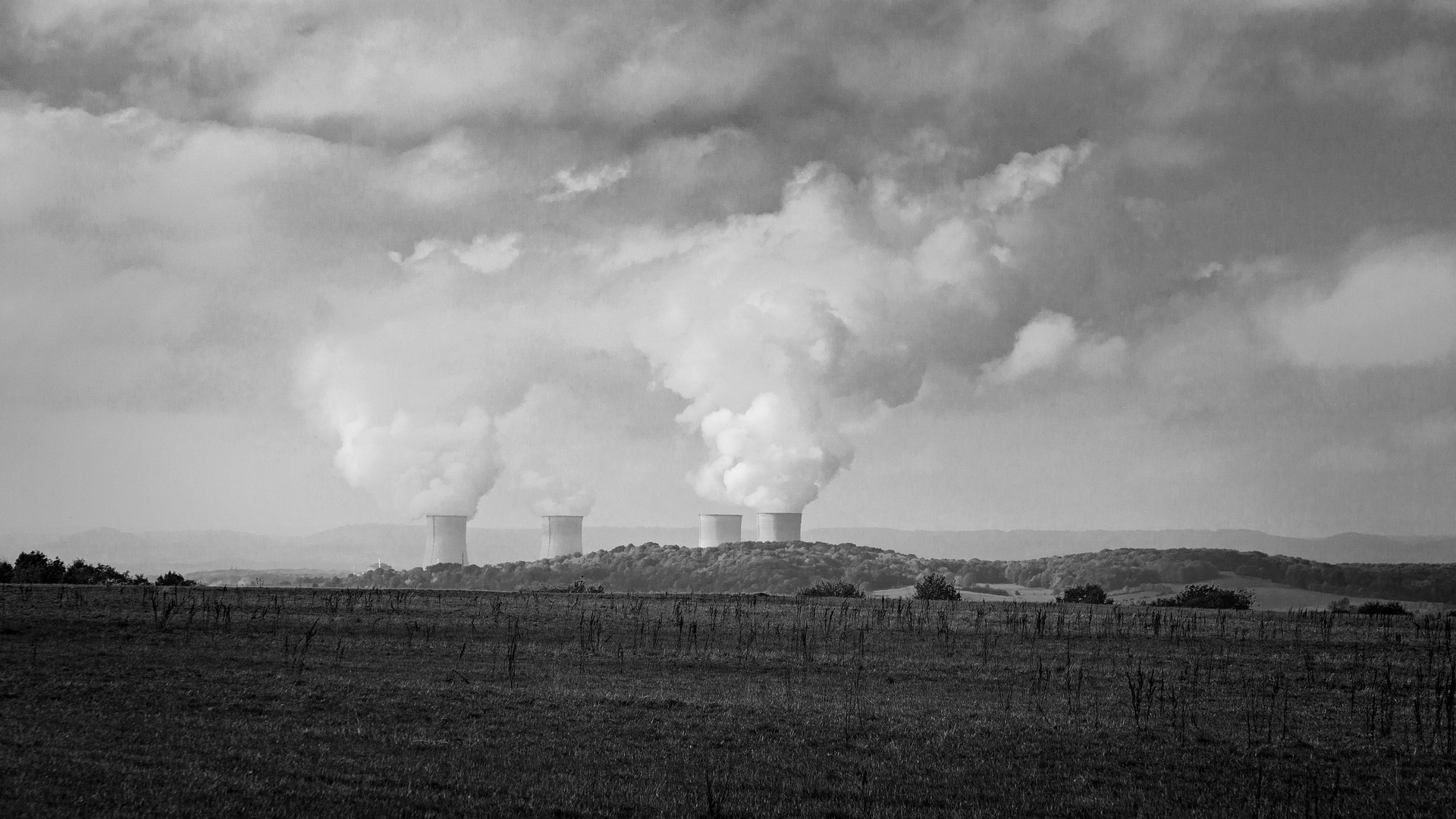The Ban Treaty and the IAEA Additional Protocol
During the conference on Bridging the Gap: Harmonizing the NPT and the Nuclear Ban Treaty, held in Seoul on 23 March 2018, there was some discussion on the relationship between the Ban Treaty and the Additional Protocol for strengthening IAEA safeguards (the AP). I noted that the Ban Treaty requires former nuclear-armed states to conclude an AP, but makes no such requirement for non-nuclear-weapon states. Another participant commented that the Ban Treaty does not specifically mention the AP. It is important to ensure we all understand what the Ban Treaty actually says on this matter.
Article 4.1 of the Ban Treaty requires Parties that had nuclear weapons after 7 July 2017, and have eliminated them prior to joining the Treaty, to conclude a safeguards agreement with the IAEA:
… sufficient to provide credible assurance of the non-diversion of declared nuclear material from peaceful nuclear activities and of the absence of undeclared nuclear material or activities in that State Party as a whole.
Although Article 4.1 does not use the term Additional Protocol, this language is well established as the formula used by the IAEA to refer to the combination of a Comprehensive Safeguards Agreement and an AP. This is internationally understood to be the strongest standard of IAEA safeguards currently in general application.
By not specifically referring to the AP, the Ban Treaty leaves it open for application of further safeguards strengthening standards in the future – in effect the drafters have “future-proofed” this provision, which is commendable (unfortunately the drafters did not take a similar approach in Article 3.2, which makes a very specific reference to INFCIRC/153 corrected, a document published in 1972 – so this provision is frozen in time). Thus, while the Ban Treaty does not refer specifically to the AP, the intention is clear, to apply the highest available safeguards standard to former nuclear-armed states.
Problematically, the Ban Treaty sets a lower safeguards standard for non-nuclear-weapon states. Article 3.1 requires only that they maintain the safeguards obligations that they have in place when the Ban Treaty enters into force. This is clearly a differentiation in safeguards standards among the Parties – former nuclear-armed states must have the highest standard, but non-nuclear-weapon states can have something less. This means that if states such as Algeria, Argentina, Belarus, Brazil, Egypt, Iran, Saudi Arabia and Syria do not have APs in place when the Ban Treaty enters into force, the Ban Treaty does not require them to conclude an AP. The language in Article 3.1, that this is without prejudice to any additional instruments that (a Party) may adopt in the future, does not address the problem, as this is entirely voluntary. A voluntary measure does not provide the assurance needed by the international community.
This differentiation between Parties contradicts NPT Review Conference Action 30, which stresses that when nuclear weapons have been eliminated the highest safeguards standard should be applied universally to all states.
What can be done now? The only way those states without an AP can assure the international community of their willingness to accept the highest safeguards standard is for them to go ahead and conclude an AP. Otherwise other states are entitled to ask, why is a state reluctant to accept effective safeguards? It is hardly reassuring about the strength of that state’s commitment to non-proliferation.
It is unlikely that nuclear-armed states will proceed very far with nuclear disarmament while states with significant nuclear programs that have not accepted the most effective form of safeguards, namely, the AP. However, the AP should not be seen as a quid pro quo for disarmament, but as an essential confidence-building measure for the international community as a whole. Accordingly, states with APs should be doing all they can to persuade and assist the holdout states to proceed with an AP.
This was originally written for the Nuclear Threat Monitor.
Image: Wikimedia Commons.




